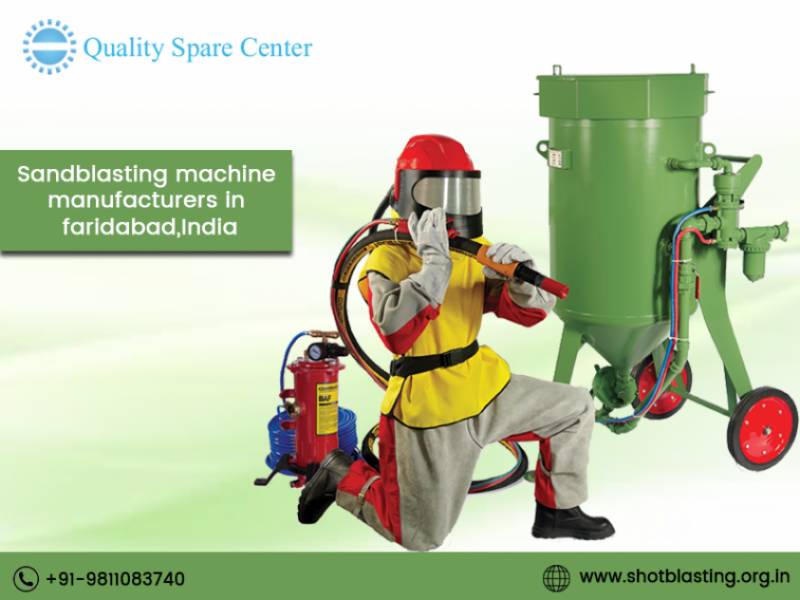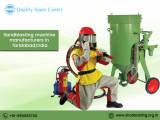
Description
Sandblasting is a unique physical process that uses a stream of sand propelled by water or compressed air and applied on a surface. Sandblasting, also known as abrasive blasting, creates a powerful abrasive force that can act on anybody worked on using this air-propelled material.
Very often, Sandblasting is a venture that is best left to professionals with significant training and experience rather than the average homeowner get upon a household project.
Sandblasting compromises pushing fine particles at high speeds to clean, un-blemish, or re-texture the target surface, with its uses inclusive:
Construction of concrete
Routine building maintenance
Decorative etching
Graffiti or Paint removal
Rust removal from metal surfaces
Removal of oil, dirt, paint, grease, and oxides.
The prime danger related to sandblasting comes from the subjection to respiratory risks due to the splendid silica dust that results from the propelling of abrasive blasting particles at high speeds against rough surfaces. However, if the workspace is not well-ventilated, the dust can accumulate in the lungs and trigger it.
Since Sandblasting includes the spattering of fast-traveling sand ad other wreckage in all directions, the particles have the potential to become just as rough to the skin as to the targeted surface.
Some of the useful tips to keep yourself safe while the procedure of Sandblasting is are as:
Use of Goggles or some other snug-apt protective eyewear
A protective filter should cover the mouth and nose
Use durable working globes
Choosing the right tools, etc.
Location
Reviews
Comments
Claim this business page.
This business has not yet been claimed by the owner or a representative.Nearby
Srdv TEchnologies Pvt Ltd
Canberra, Australian Capital Territory





